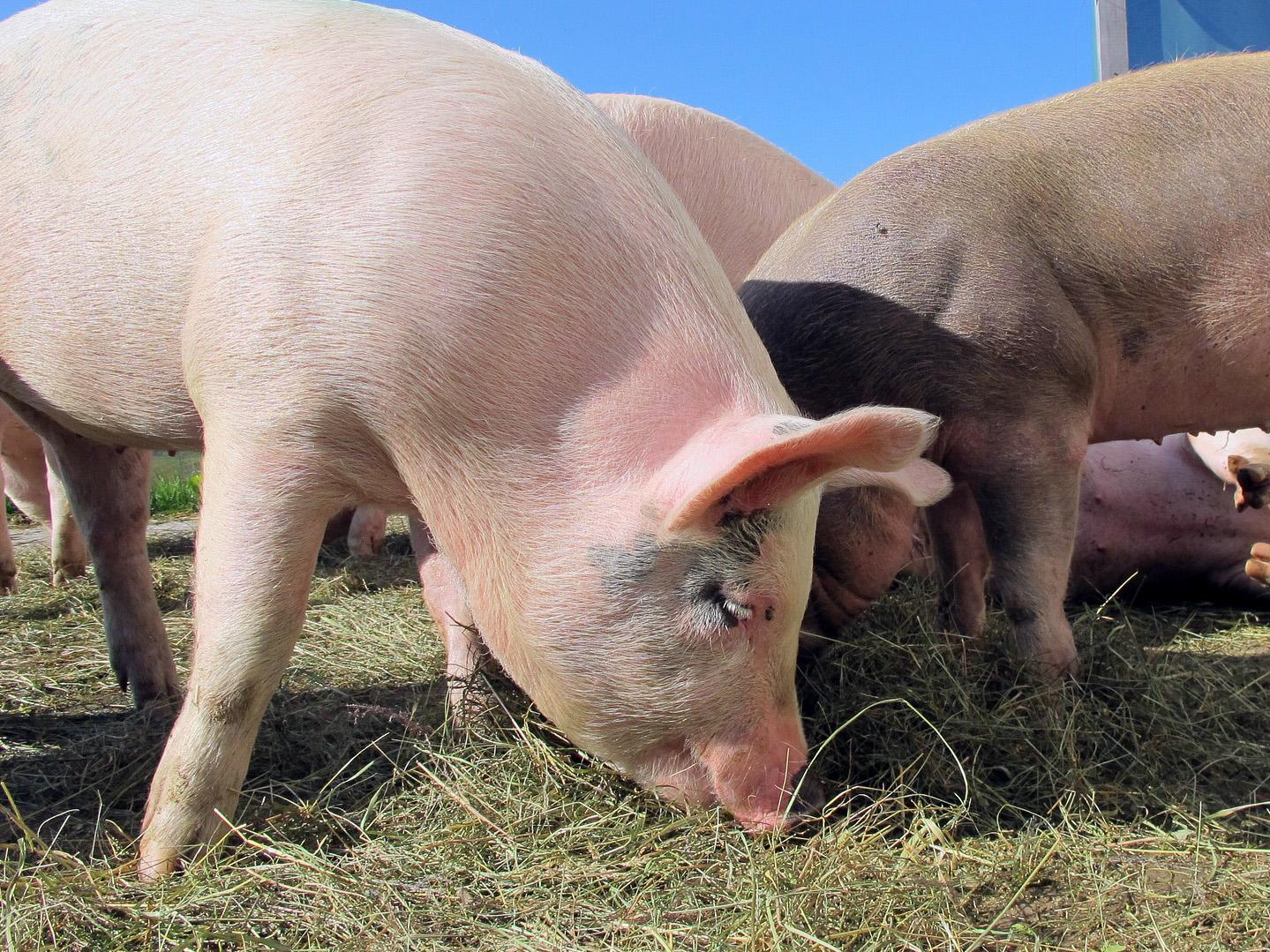How do we measure animal emotions?

Case study: MicroRNA as biomarkers of emotion in pigs.
Critical to understanding animal welfare is the ability to assess the affective (emotional) state of an animal. Current methods to measure the affective state of an animal are either unable to distinguish between positive and negative affective states or are unsuitable for a production environment.
There is a need to develop novel biological markers, or biomarkers for positive welfare states, e.g., reward and contentment, and negative welfare states, e.g., pain, anxiety, and fear.
Laura Marsh - PhD candidate from the University of Adelaide's School of Animal and Veterinary Sciences completed her bachelor of Animal science with honours at the University of Adelaide. Currently in her final year of PhD, Laura’s research focusses on developing novel biomarkers of pig welfare.
Supervised by Dr Alexandra Whittaker, Professor Stefan Hiendleder, and Professor Paul Verma, she incorporates epigenetics, neurophysiology, endocrinology, stress physiology and behaviour to better understand the biological processes involved in animal emotion.
“My project proposes to identify novel molecular biomarkers, specifically small microRNA (miRNA) for positive and negative affective states in order to improve the welfare of pigs, and improve the assessment of welfare in pigs,” Laura says.
MicroRNA are small single stranded non-coding RNA molecules (approximately 22-24 nucleotides long) that are involved in the regulation of many biological processes and can modulate or inhibit expression of multiple genes post-transcriptionally. These molecules are ubiquitous throughout the body, including the brain, and are released into circulation where they can then be measured.
“We expect specific microRNA to be produced in response to different emotional states, and that these specific miRNAs can then be measured in the blood of pigs, thus providing a proxy marker of the emotional state of the animal.”
So far Laura’s research has successfully been able to identify differentially expressed microRNA as biomarkers for negative emotional state in pigs including pain. It is expected that further analysis of results, will lead to the identification of microRNA biomarkers of positive emotional state such as reward.
“The initial findings of this research are really exciting and relevant to the pig industry," Laura says.
"There are changing expectations from consumers about appropriate animal welfare standards within farming systems, where the Australian pig industry is expected to provide not only minimisation of harm and exposure to adverse conditions, but provide opportunity for positive experiences in their animals”
“The outcomes of this research will be to provide industry with a suite of novel biomarkers that can accurately assess both positive and negative emotional states in pigs, where this assessment is essential to enable the continued improvement to animal welfare.”
